Your Skeleton is Nonbinary, Too
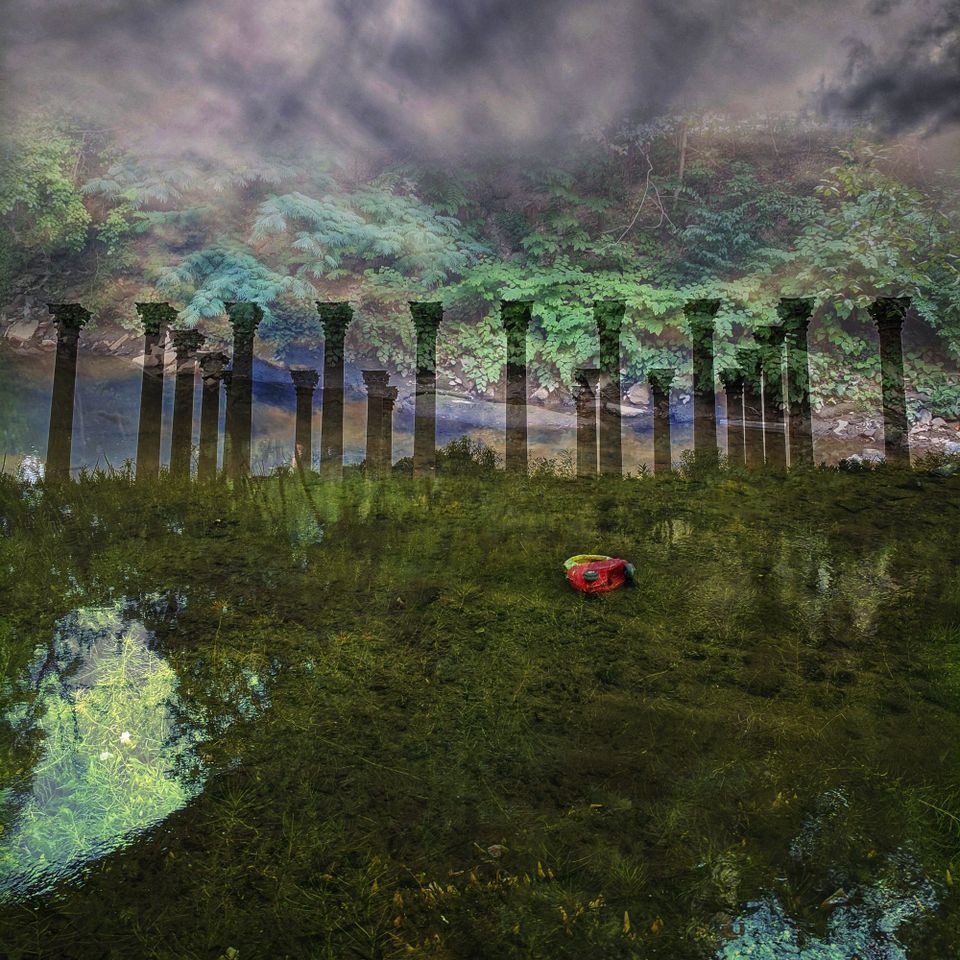
It's hard to escape the tyranny of the now. It’s easy to fall into the idea that—even in the deep past—the true and unalterable reality of the present was waiting, ready to be revealed by history, and that we are living now in its final flowering.
It's a downside of success, perhaps. We have the particular misfortune in the West of having seen our culture grow hegemonic: our mass media becoming the mass media of the world, our language the lingua franca of the world, our particular version of secular Protestantism conflated with a universal vision of human rights.
But the past is another country, and our culture’s ideas about universal characteristics of the Human Condition would be frightening, idiotic or simply preposterous to many of its people. That isn’t to say that they’re right, and that we’re wrong, or vice versa. Only that building your cultural certainties on the “natural truths” of bygone eras is like building a castle in a swamp: it may burn down, fall over, and sink right down.
Today, Heat Death archeology correspondent Annika Tara has a dispatch for us from the contested borderlands between past and present, real and uncanny. It's the story of a long dead Finnish warrior — buried with weapons and women's jewelry — came to be drafted as a foot soldier in today's gender wars. Of how that that current conflict traps us all, progressive and conservative alike, in a constricted vision of gender. And how exploring the otherness of that long-dead fighter might just represent a way out.
Welcome to Heat Death, the newsletter that harrows the barrows of a buried past, helping the dead get free of the living. Stay with us.
ELBEINS ABOUT TOWN
Asher has a few pieces on Texas wildlife--both the charismatic and the underappreciated--that have come out in the last few weeks. For Texas Highways he wrote about Texas mustangs, which don't exist anymore, and their colonial breeding stock, which do.
Meanwhile, for Texas Monthly, he covered some of the lesser-known endangered species of the Lone Star State, including toads, cacti, blind cave spiders, and long-tongued bats. Why do these fellows matter? (A dangerous question: why do you matter?) He writes:
Unfortunately, conservation can sometimes be a popularity contest, with charismatic critters often getting far more aid. “Everyone thinks about climate change and polar bears, when there are lots of other animals in our own backyards that [also] need the attention,” says Jonah Evans, the nongame and rare species program leader at the Texas Parks and Wildlife Department. “We’re kind of in a triage situation, trying to focus … resources where we can and making these difficult decisions.”
The piece also has some really delightful little animated sketches, so go and have a look.
SAUL, meanwhile, has a new piece for The Hill about a common firefighting practice. You've seen photos of it before: airplanes soaring over a raging wildfire, dumping great gouts over the snarling flames. Shock-and-awe water bombings are impressive, right? But three quarters of air attacks on wildfires are ineffective, according to internal data from the fire command in Spanish region of Catalonia, who deal with enough wildfires to know. Saul writes:
Those planes are useful against small- or medium-sized fires, which don't have a lot of energy behind them, Castellnou said. They're especially useful during the first attack on a fire and in support of firefighters on the ground who are clearing the containment line to keep the fire inside.
But during a sufficiently large fire, Castellnou [senior fire analyst with the Corps of Firefighters of Catalonia] said, "That's not useful at all. Of course politicians and people want to see planes flying, but they don’t work if you don’t have people underneath, and you don’t put people to work [underneath] during a firestorm."
You should go and read that piece as well, where Catellnou makes an interesting argument that the only way out of wildfire season is, essentially, putting our heads down and trudging on through. We'll have more about that here on Heat Death in due course. But first:
YOUR SKELETON IS NONBINARY, TOO
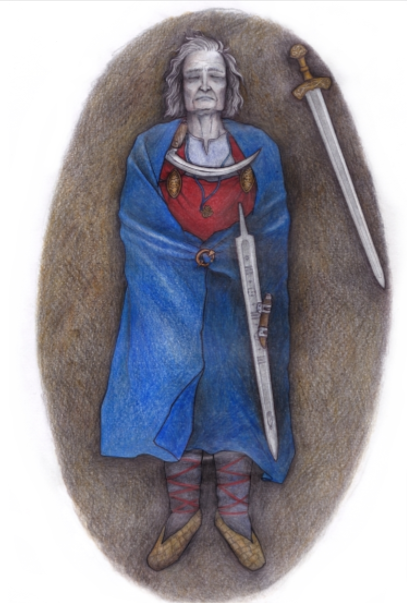
Annika here. In Finland in 1968, a set of human remains were unearthed from a grave dated to approximately the 13th century. The body had been buried with two swords and fine brooches. It was enough for some to suggest that the body had belonged to a woman warrior, perhaps one of some renown. But last month, a paper was published in the European Journal of Archaeology declaring that the grave’s occupant may have been nonbinary.
It wasn’t the first announcement of a queer archeological find. Last year, researchers speculated that a viking warrior who died in the 900s may have been transgender. In 2019, a new analysis suggested that Revolutionary War hero Casimir Pulaski may also have been trans. Such discoveries — if that’s the word — tend to be celebrated by the queer community as proof of the validity of trans, nonbinary, and gender-nonconforming identities. “We’ve always been here,” Dianna E. Anderson, a nonbinary writer, told The Washington Post in response to the Finland find. “Being nonbinary isn’t an invention of the 21st century. We may have only started using those words, but that’s just putting language to an existing gender that’s always been around.”
It’s an understandable reaction. If ancient human remains demonstrate that trans and nonbinary people have existed for hundreds or thousands of years, it disproves the claim that such identities are uniquely modern and degenerate, a passing fad born of self-indulgent identity politics. With skeletal remains, in other words, comes legitimacy.
But this kind of historical vindication depends on ideas about bodies, human experience, and social reality that are, ultimately, deeply conservative. In order for something to be “real,” this line of thinking goes, it must transcend history and cultural particularity, and exist in a timeless and unchanging nature. And that way lies trouble.
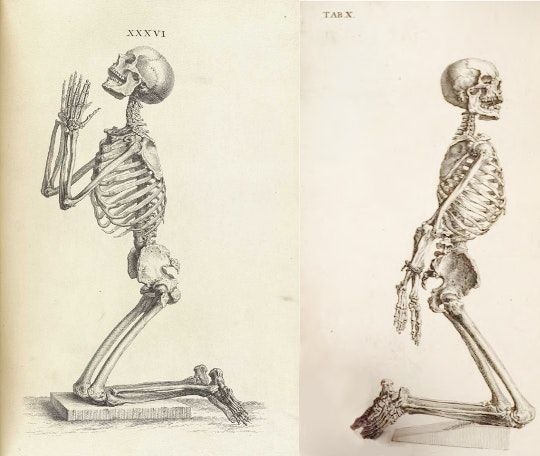
How do you sex a skeleton, anyway?
First, let’s tackle the basic question: if you open a medieval barrow, how do you know who’s buried there? How do you decide a skeleton is nonbinary?
It’s not always easy or straightforward to determine the sex of a skeleton. The more complete a skeleton is, the easier it is to get ideas about how the person it once belonged to may have lived. But even with a relatively well-preserved skeleton, many of the accepted procedures for sexing human remains can only yield probabilistic results: information gleaned from bones can stack the deck one way or the other, but it seldom conclusively proves that a skeleton was either male or female. (In the case of fragmentary or very damaged human remains — or those of infants and children — it may be impossible to tell.)
For well-preserved adult remains, archeologists look to things like the size and shape of the pelvis. To facilitate pregnancy and birth, women’s pelvises are, on average, broader than men’s. But the operative terms are "generally" and "on average." How would someone working with only skeletal remains differentiate between a woman with narrower-than-average hips and a man? If they’re relying on bones alone, it may not be possible.
The same logic applies to variation in other skeletal features associated with sex, such as the size and shape of the skull. Male skulls are generally thought to be larger than female skulls, with a lower, more sloping forehead, smaller eye sockets, and larger, more pronounced muscle attachment sites. But because many such traits exist on a continuum rather than as neat binaries, most skeletal indicators of sex can end up pretty ambiguous.
In such cases, researchers might mark a skeleton’s sex as “indeterminate.” In research on human remains where sex is a variable, “indeterminate” individuals tend to be excluded from official analyses — which further reinforces the idea that human skeletons have a clear male/female binary.
But "indeterminate" doesn't equal "non-binary." Those ambiguous individuals did have a sex when they were alive - we just don’t know what it was. The result is a convenient tautology: humans are sexually dimorphic, because we’re only using the most dramatically dimorphic examples to decide what determines sex.
Ok, but skeletons don’t develop in a vacuum. Different kinds of labor — especially repetitive labor — produce different kinds of strain on the muscular and skeletal system over time. Some of this stress becomes visible in the skeletal system as degraded joints (osteoarthritis), or overdeveloped (hypertrophied) muscle attachment sites. Archeologists use these patterns of wear and tear to reconstruct the lifestyles of the dead. Skeletons that show a pattern of wear associated with a stereotypically feminine task, such as grinding corn or grain into flour, are often read as having belonged to women. Conversely, remains with wounds from bladed weapons, which suggest participation in violent conflict, are usually interpreted as male.
These kinds of determinations, however, strongly dependend on contextual information about the society to which the remains once belonged. Some historical societies don’t exhibit strongly gendered divisions of labor: in some places, all members of a family may have practiced a particular craft. There’s also social inequality to think about: wealthy or powerful individuals may have lived very differently than their poorer counterparts regardless of sex. And swords, after all, cut everyone the same way.
If bones alone aren’t enough to determine sex, then what about other elements of archeological context? Remains buried in a formal grave might be accompanied by objects that gesture towards their living role: weapons, jewelry, or clothing. Such artifacts can suggest a body’s sex depending on what else we know about a society’s culture, dress, religion, and mortuary practices.
Except, of course, the way that such knowledge accumulates can be conveniently circular. Referencing established cases and collections to infer things about new discoveries is standard archaeological practice, but it also means that biases, errors, or simple overinterpretations in early research can be reproduced ad nauseum.
Say that researchers determine a set of remains to be female according to skeletal indicators. They might then argue that the clothing and grave goods buried with it indicate femininity in that society — women being buried among women’s things. Other scholars might then cite that case to support a determination of female sex based on similar clothing and grave goods at another burial site, even if the skeletal indicators are ambiguous. And around and around we go.
If it sounds like there’s a lot of ambiguity here, it’s because there is. Analysing bones relies on averages, which means that it’s difficult (if not impossible) to capture outliers like short men and tall women. Determining the sex or gender of human remains is less a definitive procedure than a process of inference based on a myriad of highly contextual variables. And often, archaeological methods themselves are biased against indeterminacy.
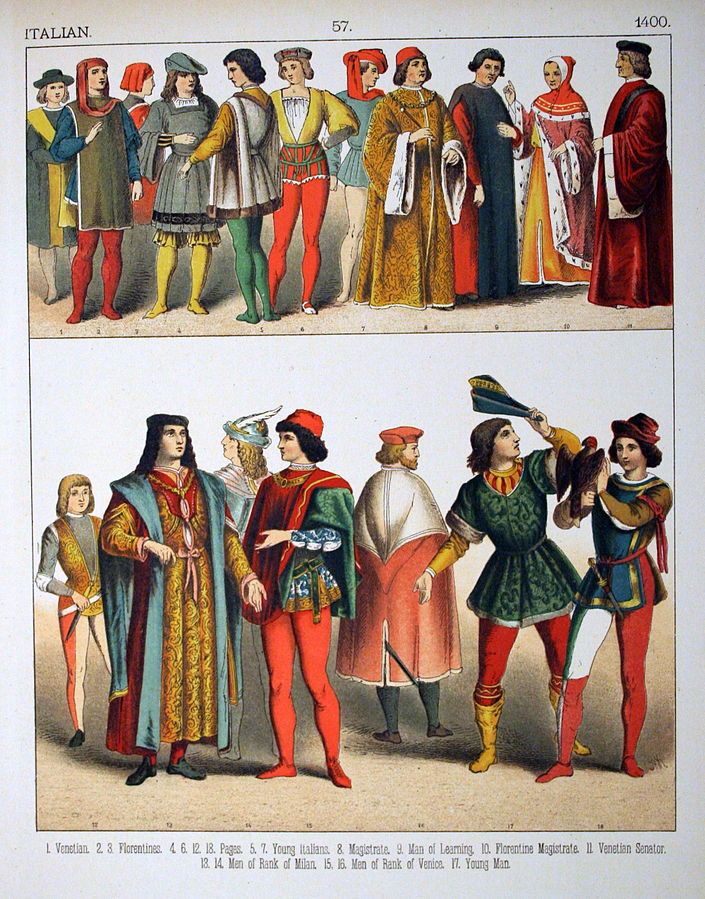
Living Sexgender
Back to our newly-minted nonbinary friend from 13th century Finland. Originally unburied in 1968, the well-preserved remains have recently been subject to a relatively new technique: the extraction of DNA. A genetic analysis suggested a probable karyotype (chromosomal arrangement) of XXY, a chromosomal anomaly known today as Klinefelter’s syndrome. This, along with the apparently mixed-gender grave goods (swords and jewelry) was enough for the researchers to suggest a possible nonbinary identity.
Today, people with Klinefelter’s syndrome are typically assigned male at birth based on the presence of a penis, and usually have lower testosterone levels as adults than the average XY individual. They may have traits like breast tissue development, little or no body hair, and limited muscle mass. In the contemporary West, they might experience friction in their lives based on the ways in which their appearances diverge from the contemporary aesthetic ideal of masculinity - but this in no way guarantees that they will come to identify as nonbinary. Some people with Klinefelter’s syndrome might never even know they have it.
In other words, knowing a person’s karyotype (any person, living or dead) tells us very little about how they live, labor, relate to others, and experience their own personhood. And when we talk about sexgender, all of these things matter.
I’m deliberately mashing up “sex” and “gender” here in order to challenge their contemporary separation. The idea that sex as a condition of the body is somehow meaningfully separate from gender as a feature of lived experience is very new — a late 20th century innovation that attempts to preserve the idea of neat sexual dimorphism while also making space for trans and queer identities. Such a separation is based on the idea that human culture, social life, and systems of meaning are of a fundamentally different order than our biology.
Here is what the modern compromise looks like: "gender (which belongs to the realm of culture and meaning) is historically contingent and mutable. But bodies and biology are fixed, part of a static “nature” that provides the raw material out of which culture builds itself, but which it can’t fundamentally change."
This might seem like a helpful distinction for understanding people whose experience of sexgender doesn’t track with the mainstream. But upon closer scrutiny, it turns out to be wildly unstable. Much as we may like to believe that there’s a single, stable determinant of sexgender out there in nature, in practice things are considerably messier.
People often argue that humanity is easily sorted into “male,” and “female” people. But while those two categories are virtually omnipresent across human societies — sometimes alongside other recognized sexgenders — their content is always shifting. In other words, what it means to be “male” or “female,” body and beyond, is a moving target.
Take the idea that women are naturally fit for “homemaking” and unsuited to physical labor, for instance. That idea didn't didn’t flourish in the U.S. until the late 1800s, when the trendsetting East Coast began to industrialize in earnest and the newly urban population took up wage labor en masse. Before then, many families met their needs through subsistence farming, an extremely labor-intensive lifestyle in which women participated in small-scale agriculture and animal husbandry as much as their male family members.
Conversely: modern masculinity is held to be inherently virile, aggressive, and uncontrollable, thus giving rise to the contemporary “boys will be boys” excuse for harmful behavior. But 200 years ago, it was believed to be men who guarded refined civilization against the animal nature of women. If sex is biologically determined — women are evolutionarily driven to nurture young in domestic spaces, and testosterone makes men volatile — then what explains these historical shifts? And that's just a couple of centuries in the same country — not 800 years ago in Finland.
Consider the ways we sexgender others in the 21st century U.S. Babies are assigned a sexgender at birth based on their genitalia — even when those genitalia are ambiguous, in which case a binary sex is chosen for them and “corrective” surgery performed. The forced sexgender reassignment of intersex infants has profound and often devastating consequences, by the way, because there’s no way to tell based on anatomy how an intersex baby will experience their sexgender later in life. Fortunately, this practice is beginning to change.
The International Olympic Committee polices sexgender based on athletic performance and hormone profiles. Countries and states have different policies for establishing and changing legal sexgender, as it appears on government-issued IDs - ranging from allowing people to change their sexgender marker at will, to demanding psychiatric mediation or requiring a particular set of genitals (whether or not they’re the ones one was born with).
And, of course, we sexgender people on the street like bodies in a barrow tomb, based on the combined effect of dozens of different characteristics: hair, clothing, height, gait, build, mannerisms, facial features, and so on. We express our own through behavior, clothing, accessories, by altering our bodies through exercise, weight loss or gain, hair growth or removal, cosmetic surgery, chemical intervention, and any number of other choices. Some of these are conscious and deliberate. Some happen without much thought at all.
A few sexgendered characteristics, like chromosomes, are innate and unalterable — “biological.” A few — like clothing — we can change on a whim. But most exist in the dynamic space where what we call “nature” and “culture” merge. Skeletal structure, musculature, hormone profiles, hair growth, and other apparently “physical” traits vary both within sexgenders and between them. They do so based on our heredity, what we eat, how and how much we exercise, whether and which drugs we take, and innumerable other variables that are impossible to sort neatly into either biological or social categories.
Importantly, none of these traits alone determine a person’s sexgender. How we do sexgender — how we enact it in our lives and how it’s enacted upon us by others — weaves together genes, organs, hormones, dozens of visible traits (over which we can exert different levels of control), behavior, aesthetic choices, social roles, labor, desires, ways of relating to others, and deeply felt and perhaps ineffable internal experiences. When we die, some of this will imprint itself on our remains. Much of it won’t.
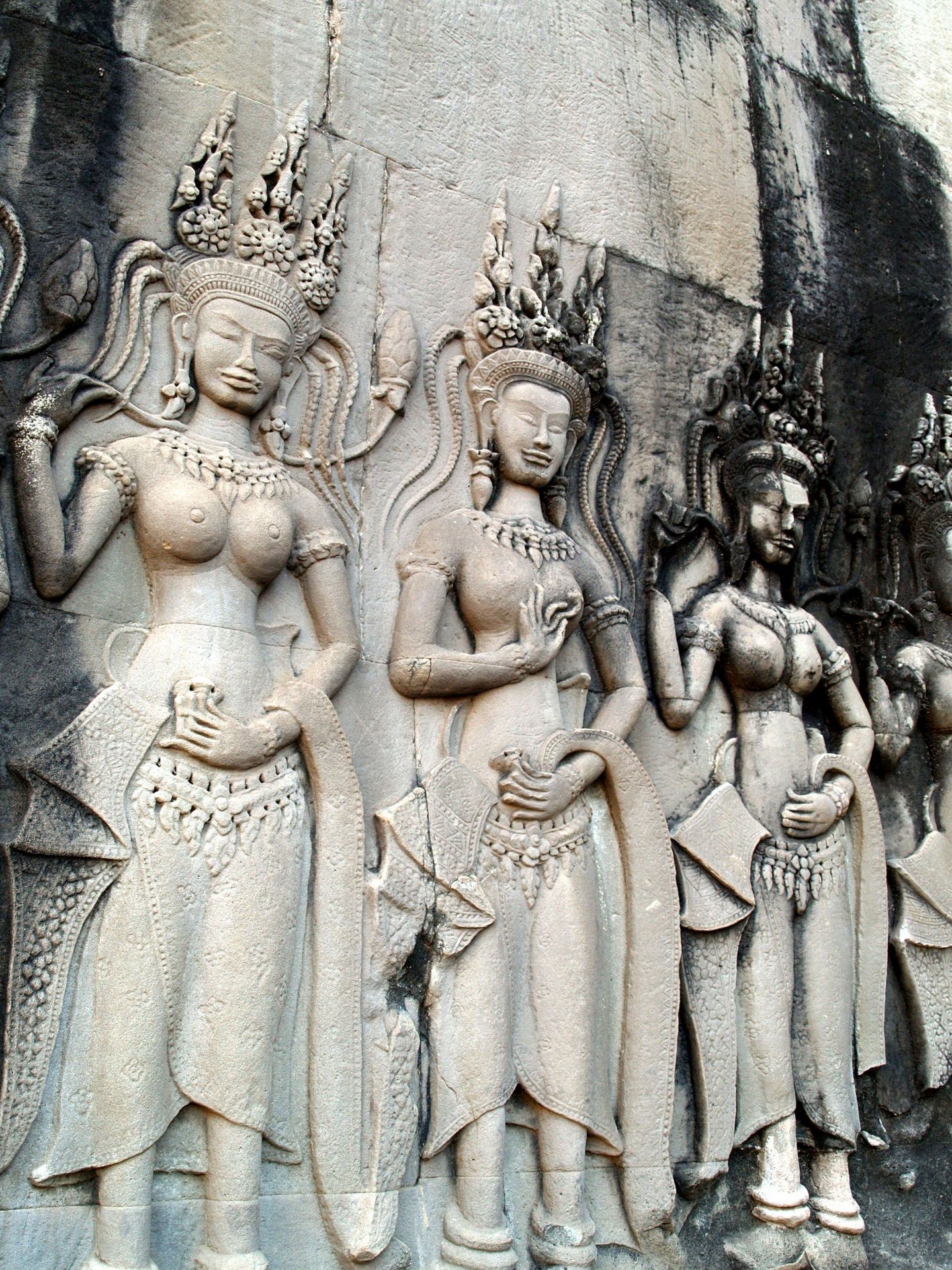
Your Skeleton Is Nonbinary Too
Since the 1970s, feminist archaeologists have been working to upset the often highly binary and retrograde logic used to assign sex to human remains, and promote a more holistic and nuanced understanding of sexgender in the past and the present.
But despite this, and despite the inherent ambiguities in the science, the drive to definitively sex human remains is still strong - even if the number of acceptable orientations has recently expanded in an ostensibly progressive direction. This intolerance of ambiguity suggests an investment in historical sexgender that goes beyond academic curiosity. It’s not enough that a skeleton of ambiguous (and potentially complex!) identity exists: a sexgender must be found for it.
As a result, we’re left in a curious situation, where two seemingly opposing ideas are actually working in concert. On the one hand, a conservative drive to preserve a strict binary by excluding ambiguous remains. On the other, an insistence on reading a particular skeleton as non-binary. Both end up doing the same thing: enlisting ancient people in the work of shoring up particular contemporary self-images. They do so in the name of an unquestionable naturalness, something that can’t be sullied by culture, politics, or personal agenda.
Reading this particular skeleton’s ambiguity as “nonbinary” does just this kind of naturalizing work. The truth is, we don’t know what this person’s deal was, or how they fit into the society in which they lived: we simply have a collection of suggestive but ambiguous markers, which can be reasonably read in many ways.
The skeleton’s existence may be a satisfying “gotcha!” to throw in the face of those who call nonbinary people deluded, self-centered, or trend-chasing. But it’s a dangerous road to go down if we really want a future that’s safe and welcoming for all gender-nonconforming people, where it’s possible to experiment freely with sexgender identities without fear of violence or exclusion.
After all, if the Nonbinary Skeleton’s nonbinariness was related in part to a phenotype that might today be interpreted as androgynous (recall the effects of Klinefelter’s Syndrome), what does that mean for trans and nonbinary people who don’t meet the contemporary criteria for androgyny, or fulfill the aesthetic stereotypes of a gender they don’t identify with? If this narrow sort of androgyny is the “real” nonbinariness, the one determined and sanctioned by eternal nature, then doesn’t that exclude many of the people who claim the label for themselves?
Today, “nonbinary” can mean many things. Some nonbinary people consider themselves transgender, and some don’t. Some pursue medical interventions to change their bodies, and some don’t. Some understand their sexgenders as existing somewhere along a spectrum between male and female, and some dispense with those terms altogether, envisioning a qualitatively independent third option. Nonbinary people can be large or petite, muscular or soft, stout or delicate, tall or short. They present in all kinds of ways, wear all kinds of clothing, and embrace all sexual orientations.
It’s difficult to imagine how any single biological trait, like karyotype, could sanction such a diverse set of sexgender expressions. And more to the point, we don’t need chromosomes in order to decide collectively that nonbinariness is acceptable. We don’t need any biomarker to decide that we want to live in a society where sexgender isn’t such a crucial organizing principle that people can be ostracized, harmed, or even killed for violating its stringent principles. We don’t need nonbinary people to have been around forever in order to decide they’re worth protecting now.
If anything, the logic of a universal, natural nonbinary cheapens both the emerging nonbinary identies in contemporary U.S. and the diverse sexgender expressions of other societies both past and present. It glosses them all as somehow the same, as though the qualitative differences between these ways of being don’t matter. Can we really say the Zapotec muxe, the tritiya-prakrti of third century India, and the ubhatobyañjanaka of Theravada Buddhist scholarship are all part and parcel of the same transhistorical “nonbinariness,” one that encompasses and supersedes each of their unique contexts? Glossing all genders that fall outside the historically nebulous categories of “male” and “female” as part and parcel of a single nonbinary nature also diminishes that which is particular about them, that which might even be incomprehensible to people living in other places and times. (While North American settlers often use the term “two-spirit” to describe all Indigenous third genders, for example, there are dozens of different Indigenous genders from dozens of different Indigenous nations, each with their own meaning.)
Leaning on an unchanging, universal biology to sanction difference also erases it. It allows us to act as though our collective choices about how to treat people who might be radically different from us are not choices at all, but natural facts, part of a given order of things. One in which there are a fixed number of “kinds” of people, and safety from violence depends on being recognized as one of those kinds.
But there is no safety in taxonomizing. Plenty of historically oppressed groups know that being placed in a biological box guarantees neither social legitimacy nor respite from harm. Biology can be used to justify exclusion and violence just as much as any other ontology of difference.
In life, whoever lay buried with swords and broaches in that Finnish grave may or may not have had a sexgender that would be recognizable to us today. But what’s lost if this remains unresolved? What's the harm in saying that we don't know? The mystery of their life may teach us more than a clear identification. Sometimes people’s sexgender is a great big question mark! Wouldn't it be better to live in a culture that might allow us to leave that be?
Annika Tara is a PhD candidate in Anthropology at Washington University in St. Louis researching and writing about bodies, the ways we know them, and the ways they fall apart. You can follow Annika online at @annikataraa .
That’s Heat Death for this week! Thanks so much for reading. If you like what we do, you can sign up for a membership or tell your friends and family. See y'all on the other side.

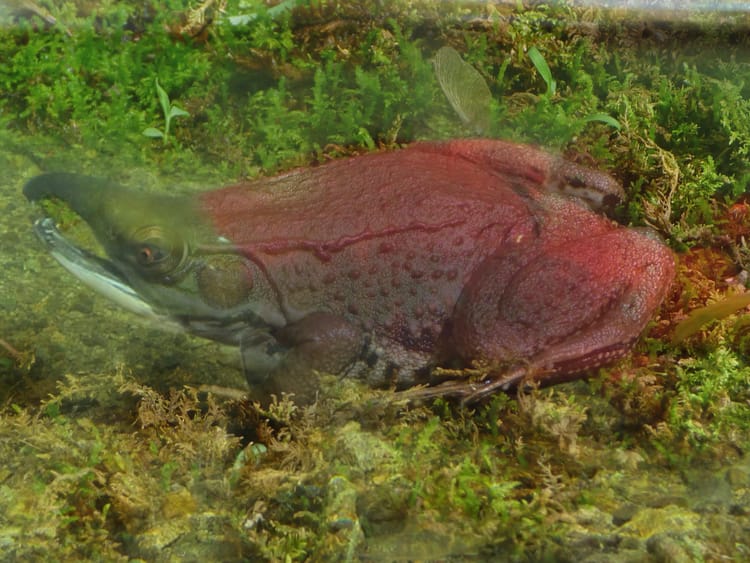

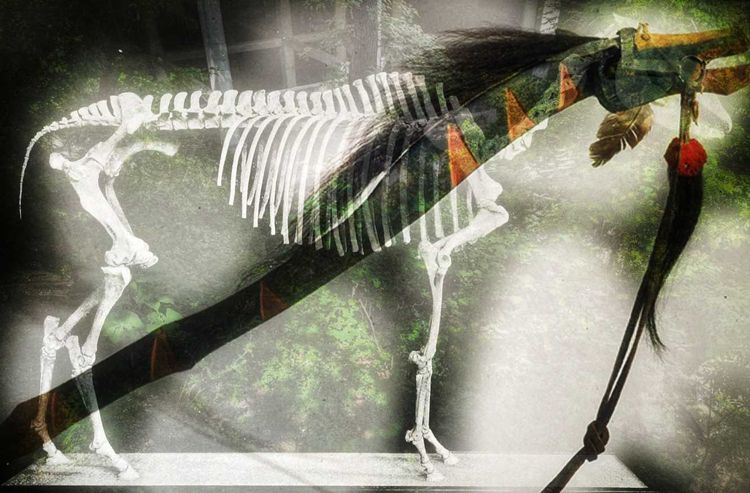
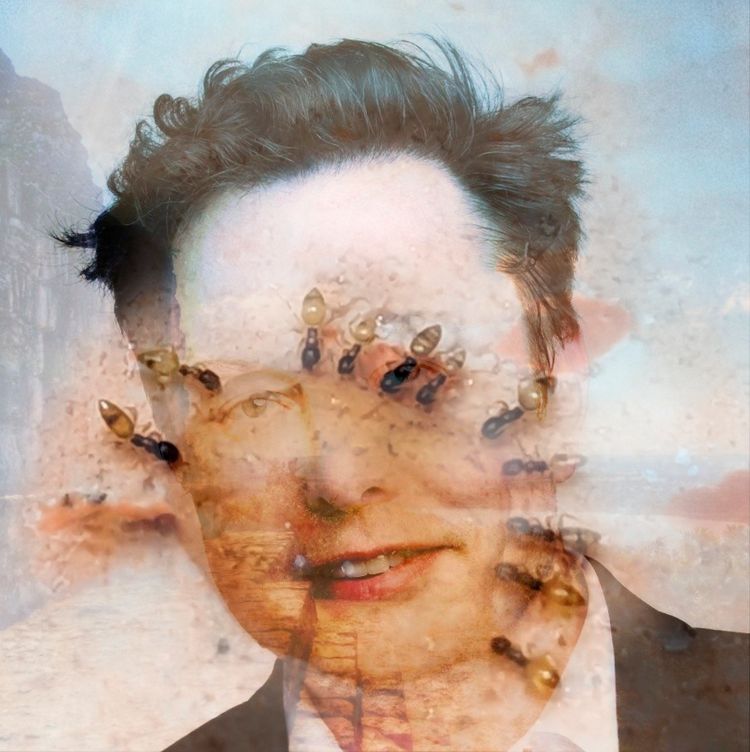
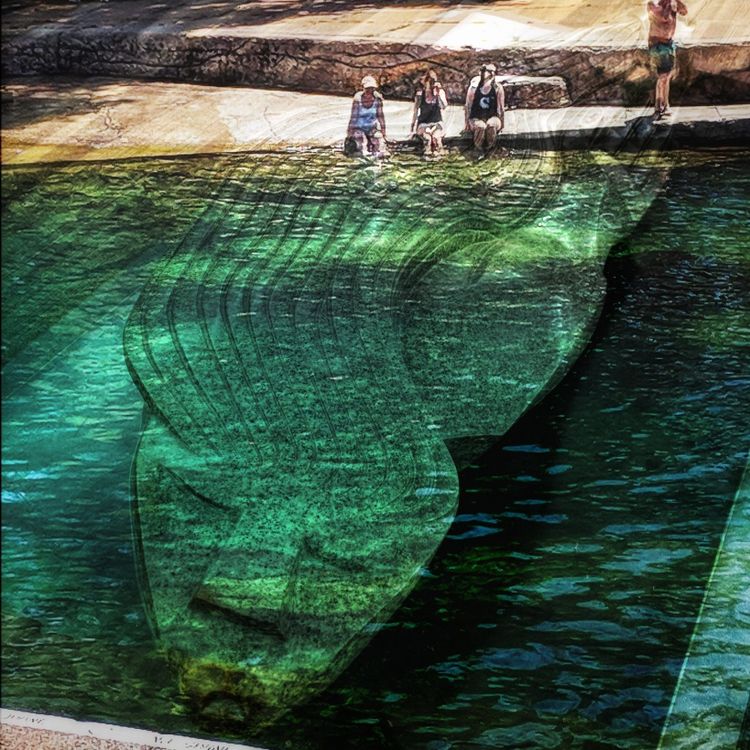
Member discussion